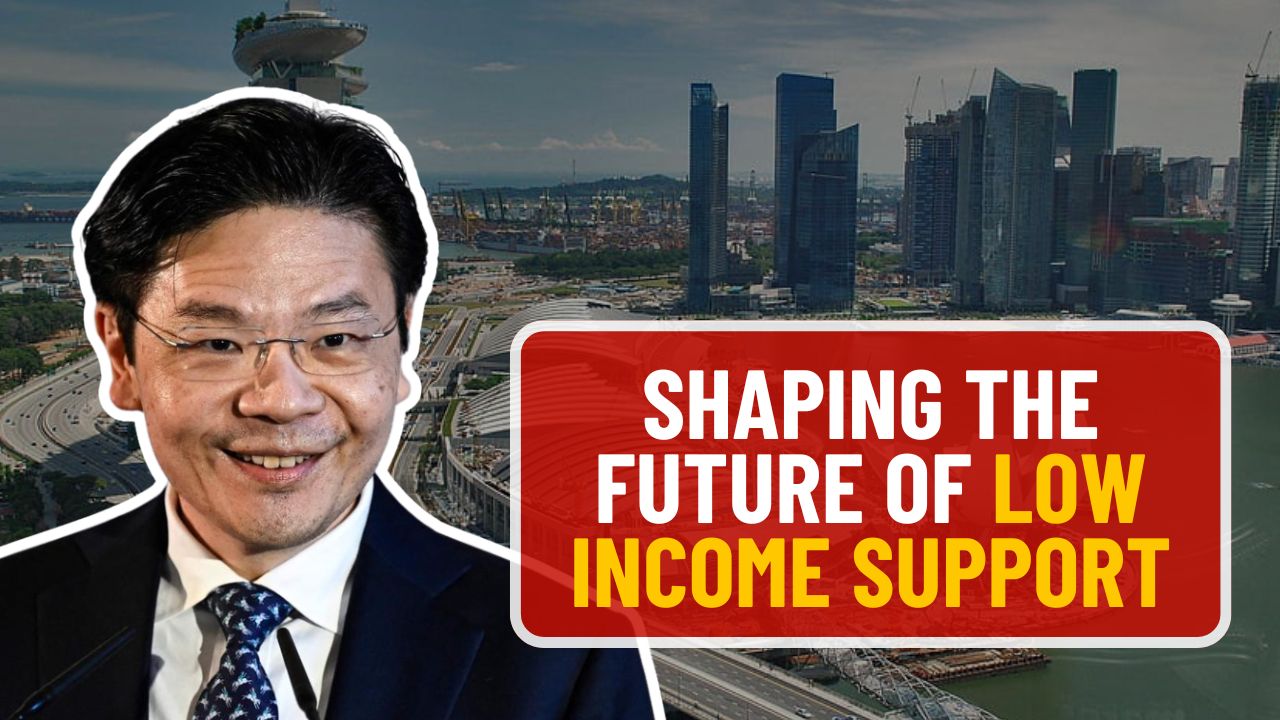Beginning in January 2025, Singapore’s Workfare Income Supplement (WIS) scheme will undergo a series of enhancements designed to provide stronger financial assistance to lower-wage earners, including self-employed individuals and platform workers. The new structure introduces increased annual payouts of up to $3,267 for eligible non-employees, reflecting a broader commitment by the government to protect and empower the country’s vulnerable workforce.
Bridging Gaps Through Targeted Wage Assistance
The Workfare Income Supplement (WIS) program is a long-standing initiative that complements the earnings of lower-wage Singaporeans. It not only provides direct financial relief but also strengthens retirement and healthcare planning through savings contributions. In its newly enhanced form, WIS offers up to $4,900 annually for employees, while self-employed and platform workers such as freelancers, food delivery riders, and private hire drivers can receive a maximum of $3,267 each year.
Customizing Payment Methods for Different Worker Groups
For employees, WIS payments will be distributed monthly. Of the total disbursement, 40% will be issued as cash while the remaining 60% will be credited to their Central Provident Fund (CPF) accounts to support long-term savings. On the other hand, platform and self-employed workers will receive their WIS amount as a lump sum once per year. In these cases, 10% of the sum will be in cash, and a significant 90% will be directed to their MediSave accounts to help cover healthcare expenses.
Expanded Criteria and Income Ceiling Enhancements
As part of the 2025 revision, the income ceiling for WIS eligibility will rise from $2,500 to $3,000 per month. This change allows a broader range of workers to benefit from the scheme. Employees can now expect a maximum payout of $4,900 annually, while the cap for self-employed individuals remains at $3,267. Perhaps most notably, the scheme’s extension to platform workers marks a milestone in recognizing the growing significance of the gig economy within Singapore’s employment landscape.
Who Qualifies Under the New WIS Guidelines?

To be eligible for WIS, individuals must be Singaporean citizens and aged at least 30 by the end of the working year, unless they are persons with disabilities who are exempt from the age requirement. Monthly income must fall between $500 and $3,000. Applicants must also not own more than one property and the annual property valuation must not exceed $21,000. For married couples, their total assessable income must be below $70,000 and, together, they must not own more than one property.
Employees must have CPF contributions for a minimum of three months in the calendar year to qualify. For self-employed or platform workers, eligibility requires declaring net trade income to the Inland Revenue Authority of Singapore (IRAS) and contributing to MediSave based on their earnings and age.
Timelines for Payout
Employees will receive their WIS payments every month, with each payout generally arriving within two months of the work month. For example, income earned in January 2025 would likely be reflected in WIS payouts by the end of March 2025. In contrast, self-employed and platform workers will receive their WIS amount annually, typically around April in the year following their income declaration and MediSave contributions.
Steps to Receive WIS
For employed individuals, no separate application is necessary. Eligibility is automatically determined using their CPF contribution history. However, self-employed and gig workers must actively declare their income to IRAS and ensure MediSave contributions are made by March 31 of the following year. Completion of this process ensures that they will receive their Workfare benefits on time without the need for additional applications.
Why the Enhanced Workfare Scheme Matters More Than Ever
This upgraded Workfare initiative signifies a crucial step in Singapore’s broader effort to uplift its low-wage workforce. It doesn’t just deliver cash support, it promotes savings, financial literacy, and long-term preparedness in both health and retirement. The inclusion of gig workers highlights the government’s responsiveness to the changing nature of employment in the digital age. With proper planning, recipients can use their cash payouts for daily essentials while maximizing the benefits of CPF and MediSave for future security.

